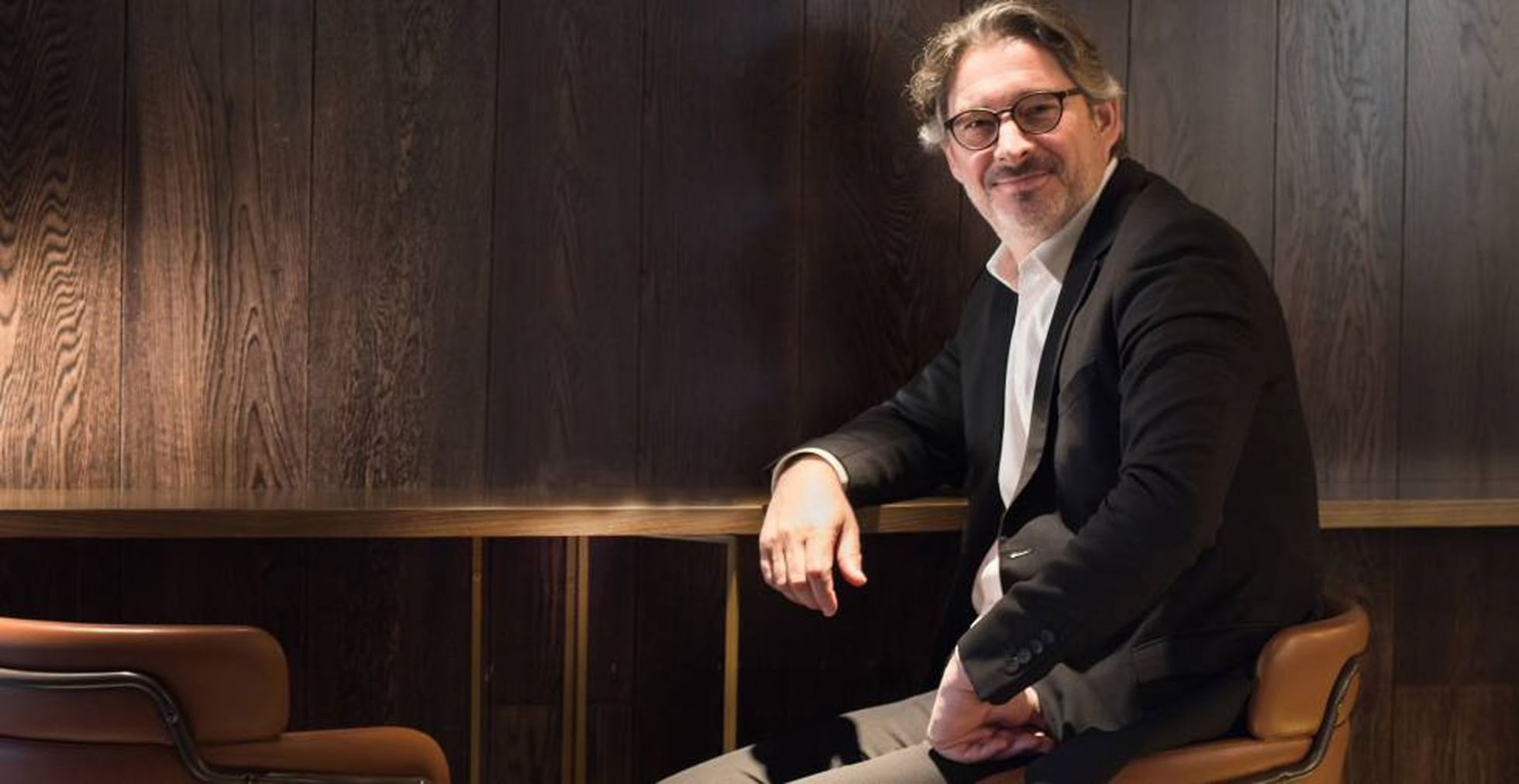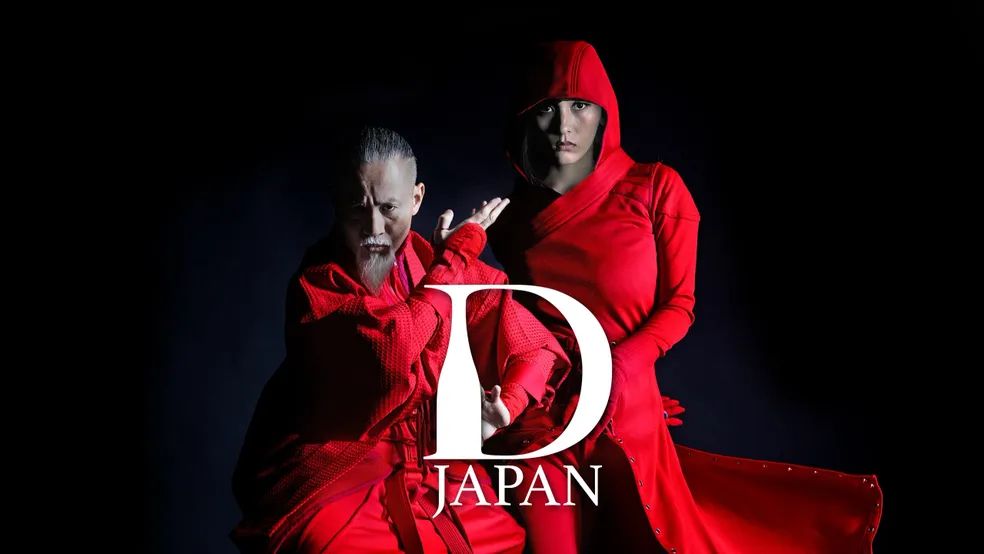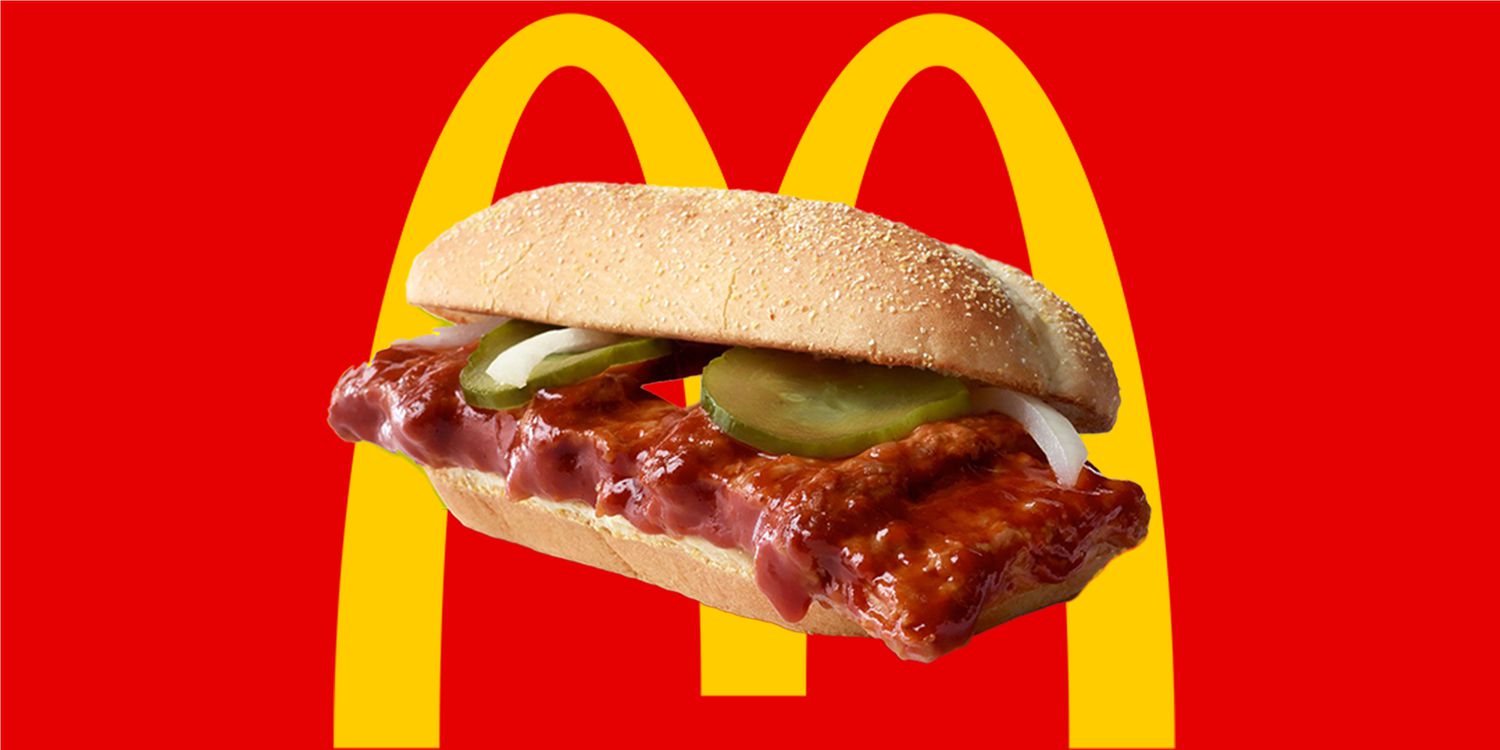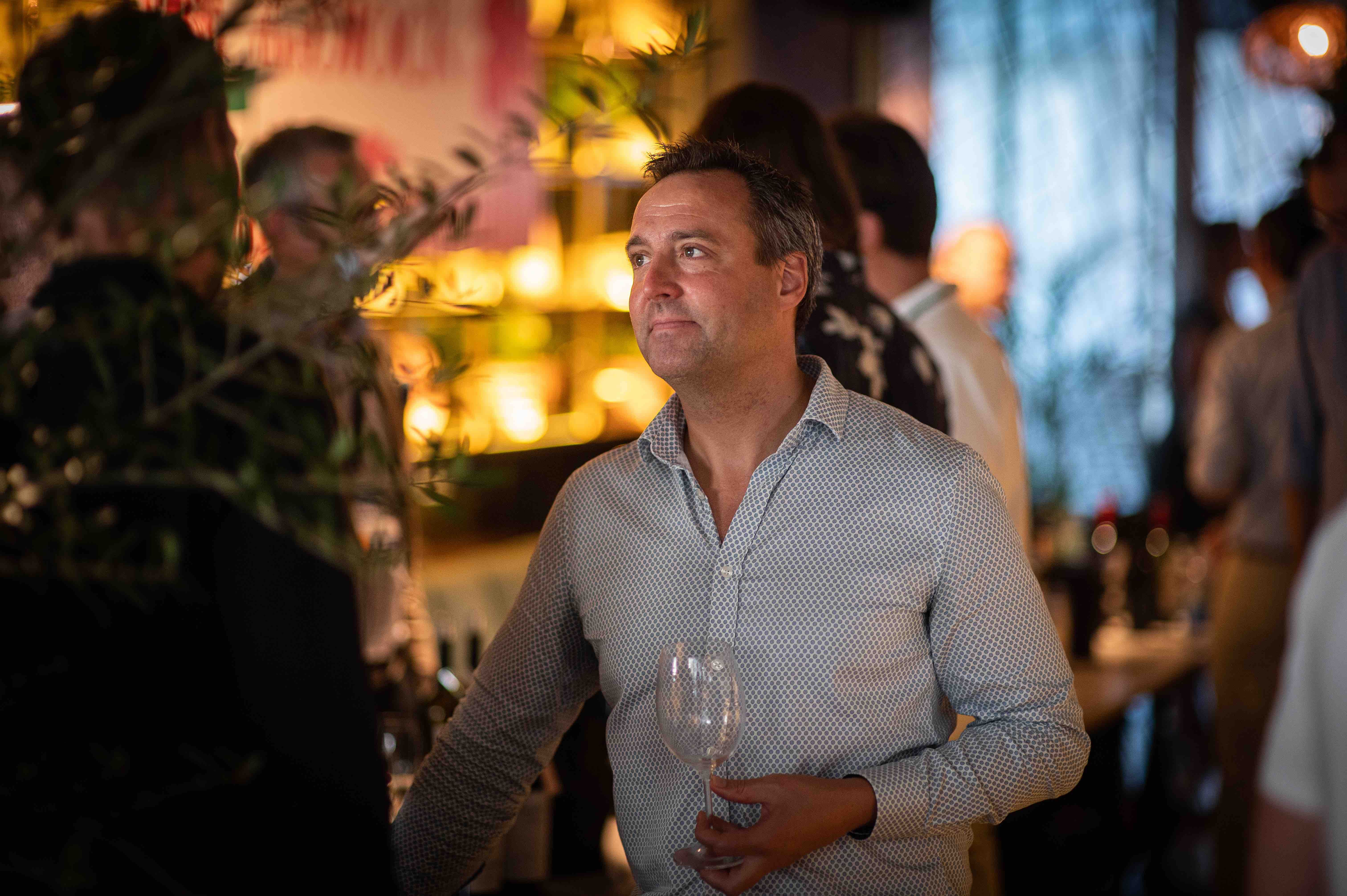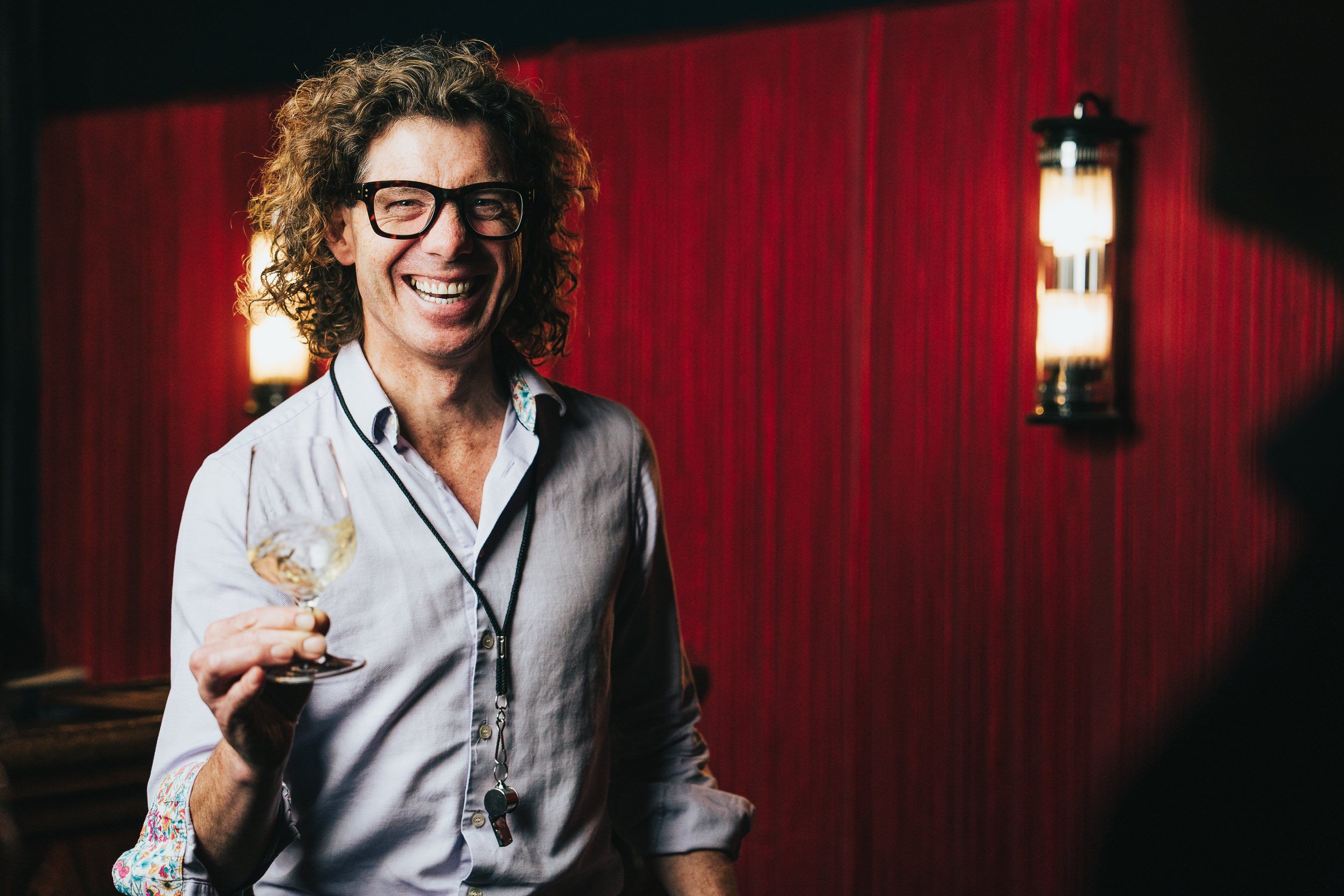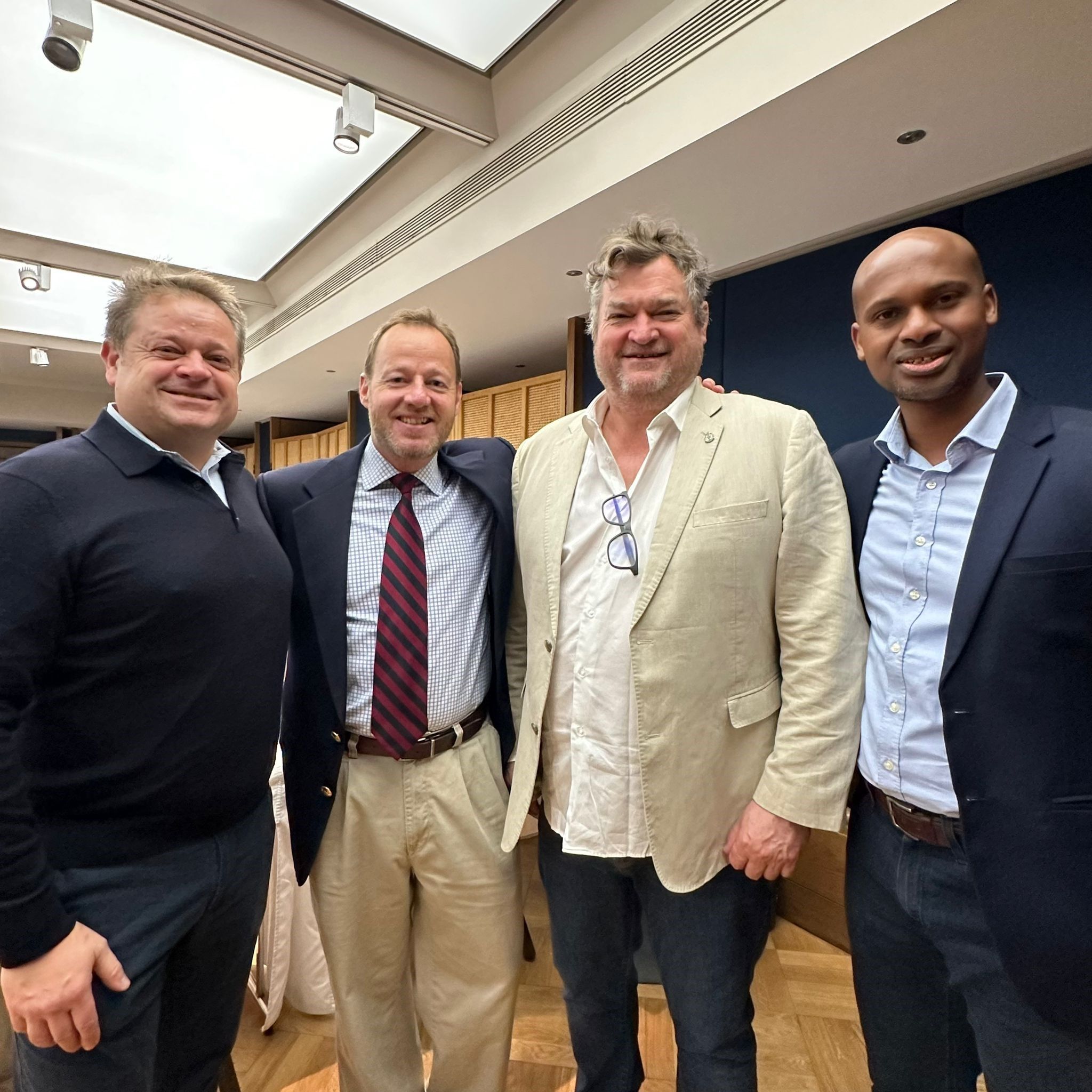“The third consequence (of a late harvest) was a question mark,” Gouez says, “what would the aromas be like maturing at end of September? I have been in Champagne since 1998 and had no reference for such a late harvest– and I was not sure what to expect.”
Presentations of new vintages of grandes marques de Champagne these days tend to be accompanied by a series of PowerPoint charts most showing, for example, how the average temperature in the region has increased over the past 30 years, a result of climate change.
This was the case when Benoît Gouez, chef de cave of Moët & Chandon presented his new Moët & Chandon Grand Vintage 2013 and the Grand Vintage Rosé 2013, but interestingly one chart that stood out from the presentation was about the balance of the vintage, which provides a key to unlocking the very particular characteristics of 2013 and these newly released Champagnes.
2013 is a ‘cold vintage’ which some are referring to as ‘classic’. It was an unusual year for being so late in budding and then for the vines taking so long to actually flower, and then an even longer time than normal for the fruit to ripen. This pushed all the timings back so that rather than harvest in September (August is becoming more common), Gouez and his team were actually harvesting in October.
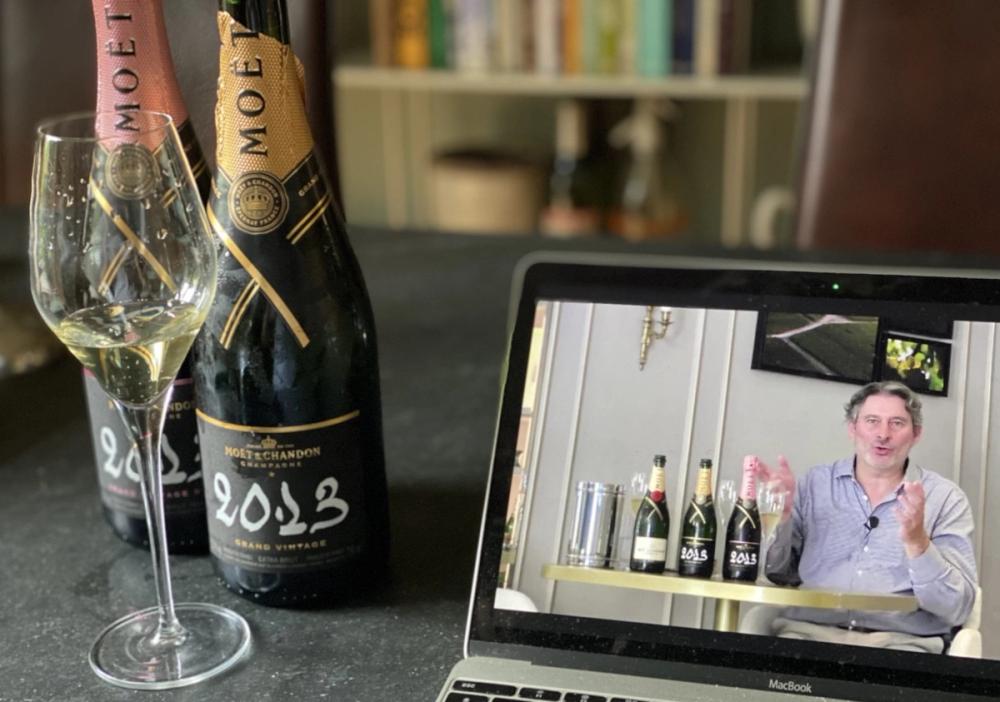
Benoît Gouez presenting the new Moët & Chandon Grand Vintage 2013
The best average balance over a 60-year period
Gouez explains that the consequences of this climactic anomaly were threefold. The first was that the wine achieved the best balance of any wine in the past 50 years. This was where he used his chart and demonstrated the relationship between alcohol potential and total acidity in every year since the 1950s.
In doing so, he stressed that there is no obligation to release a Moët vintage champagne in fact, since Moet’s first vintage in 1842, the house has released just 75 vintages, working out to be one on average released every two years. Of the years where no vintage was declared the wines had higher acidity and with lower alcohol potential. The years which have been declared as a vintage had higher alcohol potential and lower acidity.
The average balance since the 1950s is for the Champagne to have 9.8% potential alcohol and 8.3 grams total acidity, with the 2013 vintage the closest to that ‘sweet spot’ than any other vintage since that time – which he said explains why so many people refer to 2013 as a ‘classic vintage’. In fact, throughout his presentation Gouez was keen to debunk the ‘myth’ that high acidity makes for a great vintage in Champagne.
“It’s not just acidity – it is freshness, tension, balance and a combination of elements – not just acidity. 1996 and 2008 had very high acidity and neither have evolved properly,” Gouez says.
The second consequence of the lateness of the 2013 harvest was that rot started developing. The quality of the Chardonnay was already assured so Gouez and his team focussed on the Pinot Noir, prioritising the picking and selection process to secure the required quality, as it was the Pinot Noir that was potentially going to suffer most from an October harvest.
“The third consequence was a question mark,” Gouez continues “what would the aromas be like maturing at end of September? I have been in Champagne since 1998 and had no reference for such a late harvest– and I was not sure what to expect. We didn’t say much in harvest – we waited to taste the base wines – but we were surprised – the wines were clean. And we discovered a new profile of aromas… I call 2013 ‘Champagne from the Fall’ and I sum it up in three words: “energetic, chiselled, and influenced by the atmosphere of the Fall.”
Gouez admitted that some of the profile he sees in the vintage could be auto-suggestion from having made key decisions in the autumn but then adds that tasting is so subjective.
“For me there are two colours in the 2013 – white (apple, pear, white fleshed fruits), there is no apricot or peach like 2009, no ripe citrus like 2012, no colours of 2010. And it is not green apple and pear – but ripe and textured.”
“Then there are brown aromas – the idea of walking in autumn, that dry smell, roasted chestnut, honey, toast, grilled elements. The wine is not as austere as 2008 and more reserved than 2010 or 2012. There is a bit unknown… it is intriguing.”
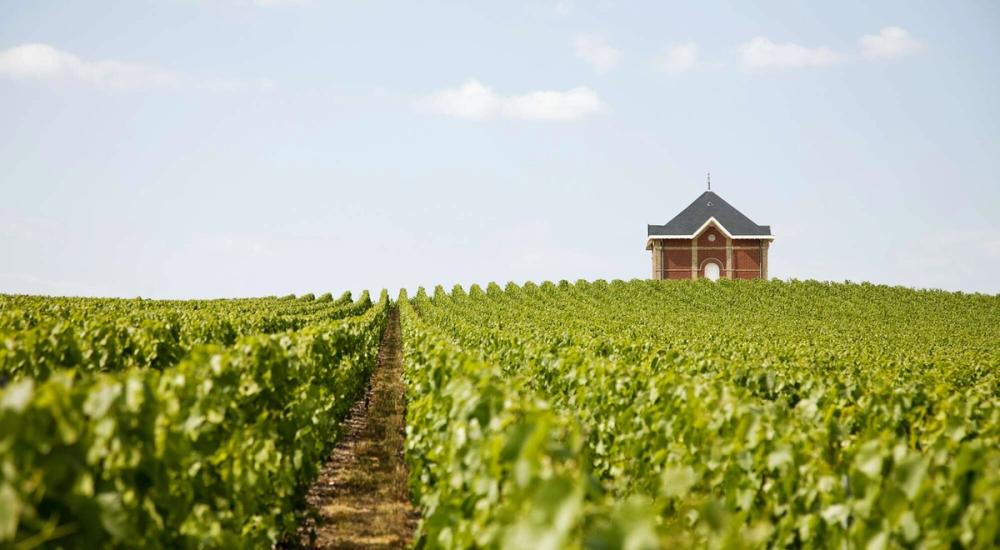
Moët is by far the largest estate in Champagne with 1300 hectares – 600 in Grand Cru and more than 300 in Premier Cru.
Although the cépage for the Moët Grand Vintage is generally around the 40/40/20 ratio for Chardonnay, Pinot Noir and Pinot Meunier respectively, Gouez is keen to point out that there is no recipe and the final blend is ‘freestyle’ – aimed at reflecting the vintage. Unlike the Imperial which kicked off this three-wine tasting, where decisions on uniformity of style are “more rational”, Gouez says that with the Grand Vintage decisions are “more emotional”. Imperial is more about team work, vintage is more about singularity and his own personal decisions.
“What I’m looking for is charisma, something different, to refer a new expression, story or emotion. And, unlike the Imperial, here we start from scratch – with total freedom.”
More about the Moët & Chandon Grand Vintage 2013
This is a Chardonnay-driven wine with the specific cépage ending up as 41%, 38%, 21% Chardonnay, Pinot Noir and Pinot Meunier respectively.
“The Chardonnay brought to the blend acidity, edge, a vibrating clean energy whereas the Pinot Noir brought a special structure – chiselled (not massive) but delicate, elegant, detailed with finesse, it added more complexity and depth to the wine; the Pinot Meunier brings flesh in the mid-palate to bridge together both the Pinot Noir and Chardonnay,” Gouez says.
Moët & Chandon Grand Vintage 2013 is Extra Brut with just 5 gms dosage, to help the ageing process but not colour the individual characteristics of each vintage. As maturing fruit becomes less and less an issue in Champagne so dosage can be kept low – in the 24 years that Gouez has been working at Moët & Chandon he has halved the dosage in the Imperial from 14 gms/l to 7 gms/l making it one of the lowest-dosage Champagnes in the Brut category.
As for ageing potential of the wine, he starts by explaining his definition: “ageing potential is the amount of time when wine is going to keep the style we’ve given it on release.” He says Imperial which was on its lees for two years has an ageing potential of 2-3 years. It will keep for 20 years no problem “but it will evolve its style – more oxidative, brown, honey – which is not the message we want to give with Imperial.”
The Moët & Chandon Grand Vintage 2013 he believes has an ageing potential of 5-10 years. “Within that time it will change but it will stay within the profile we discover today. When I taste 2013 today I have fresh fruitiness, I have a reductive profile but I don’t have any oxidative character because ageing hasn’t happened yet. And then I finish on grapefruit, bitter notes – that I believe is interesting in terms of taste but a good sign of phenolic character and ageing potential.”
Gouez goes on to say that bitter flavours are not ones that we naturally like, but are a sign of maturity of taste and sophistication “and I want to reach those sorts of customers who push the limit in terms of balance of the taste,” he says.
The release of the wine was supposed to be at the end of 2020, hence why it was disgorged in December 2019, which gives consumers beneficially more time since disgorging.
Moving on to the Grand Vintage Rosé 2013
Where Moët & Chandon has released 75 Grand Vintages of the white it has only released 44 vintages of the Grand Vintage Rosé, and it only ever used to get made in vintage years. But the importance of rosé generally is growing with it accounting for 2% percent of the House’s total production 20 years ago to 20% these days across four different wines.
Part of this expansion is down to climate change – higher levels of maturity are easier to reach now in order to make red wine with the necessary levels of ripe tannin that Rosé Champagne requires – another change is the company’s investment in Rosé as a category, it has built a new winery in the Côte des Bar and has invested heavily in the vineyards, in terms of identifying best plots for both Pinot Noir and Meunier for making red wine.
Meunier is used for making non-vintage Rosé because the house is going for an aperitif style, and a wine to go with starters, whereas the Grand Vintage uses Pinot Noir as the main grape because it is going for a more gastronomic style, and a wine that is more structured.
“With 2013 the story is the same with the vintage but with Rosé the only difference is that where with the white wine Chardonnay is the first choice, with Rosé, Pint Noir is the first choice.”
Given Chardonnay was the star varietal in 2013, there is a large 35% of Chardonnay in this 2013 Rosé, one of the highest levels yet in a Rosé vintage produced by the house.
“This was because to give the signature of the vintage – energy – we had to use a good amount of Chardonnay. The aromas here are wild fruitiness, spice fruitiness – wild berries, wild strawberry, pepper, dry spices, wooden spices – it has energy and structure and it finishes like the whites with nuances of pink grapefruit.”
So how are the wines tasting?
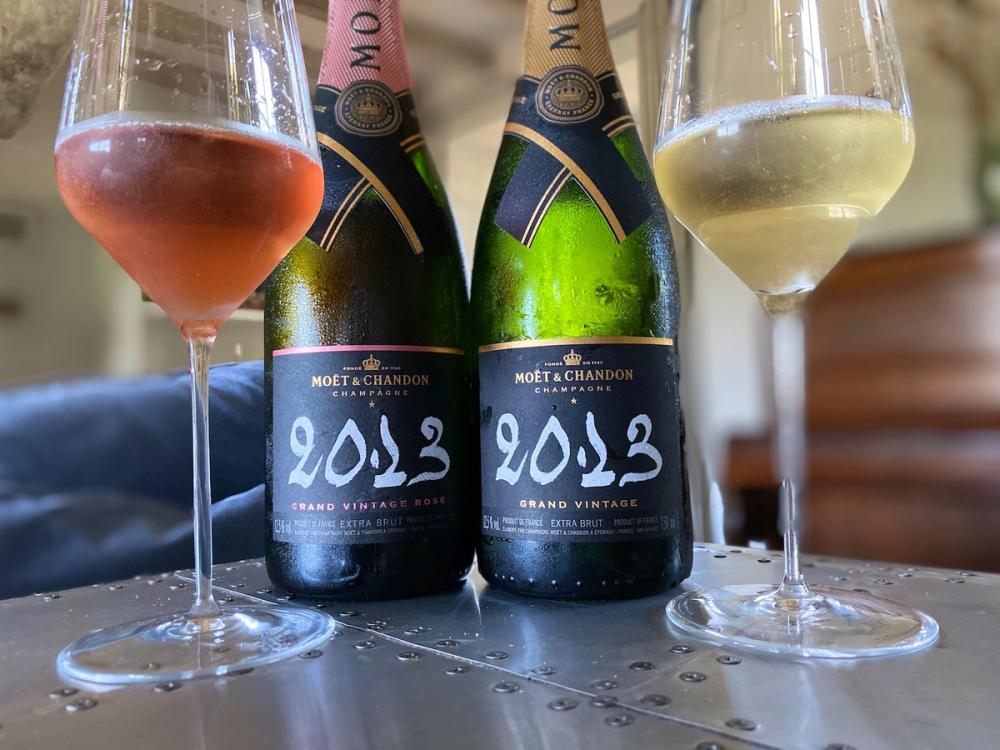
Moët & Chandon Grand Vintage 2013
Distinctive and quite delicious cuvée that does indeed offer an autumnal quality of ripeness veering into dryness, underpinned by the wine’s firm acidity and low dosage. To look at the wine is light gold with a green hue; fine steady bead; On the nose you find ripe orchard fruit, comice pears, russet apples and an interesting balance aromatically between a ripe, creamy, honeyed sweetness and dry toastiness – like a sponge finger – there is also a hint of a dry, almost musty quality like a leaf that has been pressed within the pages of a book.
On the palate there is a firm, energetic attack; crisp, dry with notes of Golden Delicious apple, white orchard fruit, apple sorbet, with a fascinating moreish quality to the finish with mineral and a hit of yellow grapefruit bitterness.
And the wine does have immaculate balance between the various components.
Moët & Chandon Grand Vintage Rosé 2013
This is a serious, grown-up Extra Brut Rosé Champagne that seems aimed at lovers of Pinot Noir just as much as those of Champagne and Rosé.
To look at the wine is deep salmon pink with saffron highlights; fine steady bead; there’s a wild, woodland berry intenseness on the nose, with the Pinot Noir making its elbows felt, even showing some sous bois, a hint of spice, Sechuan pepper perhaps. The palate is firm, structured, ripe tannins, still with a texture that gives it all sorts of gastronomic potential. Like the white Grand Vintage it finishes on grapefruit, pink in this case, with some pith thrown in for good measure.
